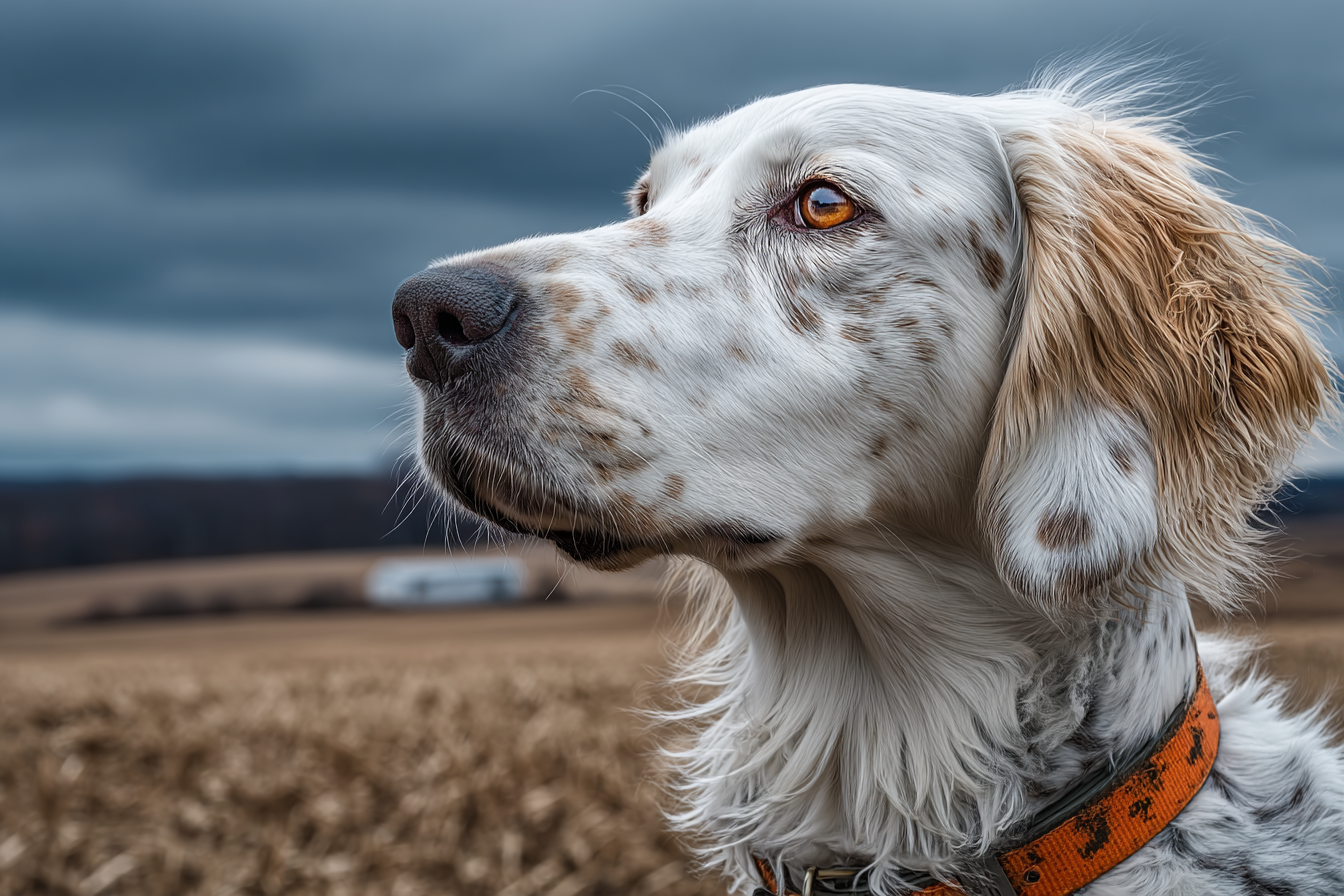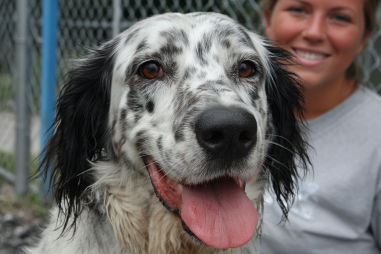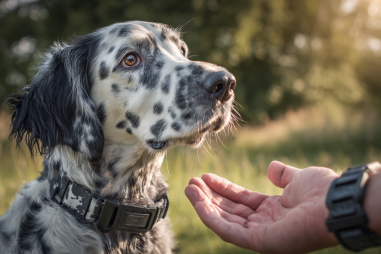English Setters are renowned for their grace, intelligence, and exceptional hunting abilities. With their natural inclination as bird dogs, especially for upland game birds like quail and pheasant, training your English Setter to become an effective hunting partner can be a rewarding experience. This guide will walk you through the essential steps and tips to channel their innate talents and help you build a reliable, well-trained companion on the hunt.
The English Setter’s Hunting Heritage
The English Setter boasts a rich history as a hunting dog, rooted in centuries of selective breeding. Originally developed in England, this breed was prized for its keen sense of smell, elegant pointing stance, and steady retrieving skills. Their primary role has always been to locate game birds, hold a steady point to alert the hunter, and retrieve game efficiently.
Unlike some retrievers that retrieve upon command immediately, English Setters have a classic pointing style, stopping to indicate the presence of birds without startling them. This combination of pointing and retrieving has made the English Setter a favorite among upland bird hunters worldwide. Understanding this heritage helps trainers appreciate why their natural instincts must be nurtured carefully during training.
Basic Commands Essential for Hunting
Before advancing to specialized hunting commands, it’s crucial to establish a solid foundation of basic obedience. Your English Setter should reliably respond to general commands that ensure safety and control during training and actual hunts. These include:
- Come: A critical recall command ensuring your dog returns promptly.
- Sit: Useful for controlling your dog while in the field.
- Stay: Prevents your dog from moving prematurely, especially near game.
- Heel: To keep your dog close during walks or hunts through dense brush.
- Lie Down: Helps to settle your dog in distracting environments.
Consistency and patience are key when teaching these commands. Use high-value treats and praise to reinforce good behavior, and practice frequently in different environments to ensure your dog obeys no matter the distractions.
Teaching Pointing and Retrieving
Pointing and retrieving are the two hallmark skills of the English Setter in the field. To train pointing, start by encouraging your dog’s natural instinct to indicate the presence of birds or bird-like scents softly and steadily. This can be done by introducing scent training with bird wings or scent trails laid out in the yard or training field.
Use positive reinforcement whenever your dog freezes or shows a preliminary point stance to encourage the behavior. Avoid forcing or harsh corrections, as pointing should be a natural and calm response rather than a nervous or anxious one.
Retrieving training should begin early, teaching your dog to bring back objects on command. Start with simple fetch games using dummy birds or soft toys, gradually increasing complexity by adding water retrieves and varying terrain. Encourage your Setter to carry the dummy gently and return directly to your hand using the “fetch” or “bring it here” commands.
Combining these skills with commands like “steady” — which teaches the dog to remain calm and not surge toward flushed game — is vital. This ensures your Setter acts reliably and safely when birds are released.
Exposure to Hunting Environments
Preparing your English Setter for the real experience requires gradual exposure to hunting environments. Start by taking your dog to fields, woods, or other natural settings similar to where you will hunt. Let them explore, sniff, and get comfortable with the sights, sounds, and smells typical of a hunting day.
Introducing your dog to live birds and loud noises is an important step. Launch birds or use wing shooters to simulate flushing, allowing your dog to learn patience and control around moving game. This helps to develop their confidence and reduces the chance of them chasing birds prematurely.
Always tailor exposure sessions to your dog’s pace — some English Setters may take longer to acclimate than others. The goal is to build positive associations with the environment and game without overwhelming or frustrating your dog.
Safety and Control During Hunts
Safety is paramount when working with a hunting dog. Your English Setter should be under control at all times to prevent accidents and ensure a successful hunt. Use a long training leash during early outdoor sessions to allow freedom while maintaining control.
Make sure your dog is identifiable with proper tags or, in some cases, a GPS tracking collar. Field safety also involves protecting your dog from hazards such as sharp terrain, water obstacles, or exposure to extreme weather. Carrying a first aid kit and having basic knowledge of canine emergency care is highly recommended.
Establish clear boundaries and commands to prevent your Setter from wandering off or chasing unauthorized game. Good communication between hunter and dog creates a safer and more enjoyable experience for both.
Consistency and Positive Reinforcement
Consistency in training sessions and interactions is essential to making your English Setter a dependable hunting companion. Regular, short training periods are more effective than sporadic, lengthy sessions. This helps keep your dog’s attention and enthusiasm high.
Positive reinforcement — using treats, praise, play, or affection — motivates your dog to repeat desirable behaviors. Avoid using punishment or harsh corrections, which can damage trust and hinder learning, especially with sensitive and intelligent breeds like English Setters.
Celebrate successes and be patient with setbacks. Remember that each dog learns at its own pace. A calm, encouraging approach fosters confidence and strengthens the bond between you and your Setter.
Final Tips for Hunters
Before heading out on your first hunt with your English Setter, keep in mind a few final tips:
- Ensure your dog is physically fit and healthy to endure the demands of hunting.
- Bring plenty of water and snacks for both you and your dog to stay energized.
- Familiarize yourself with local hunting laws and hunting seasons.
- Practice regularly to improve your dog’s responsiveness and stamina.
- Be patient and flexible; every hunting trip is a learning experience.
Training your English Setter for hunting is a truly rewarding journey that strengthens your partnership and enhances your enjoyment of the outdoors. Watching your dog grow into a skillful, reliable, and enthusiastic hunting companion is well worth the time and effort invested.







